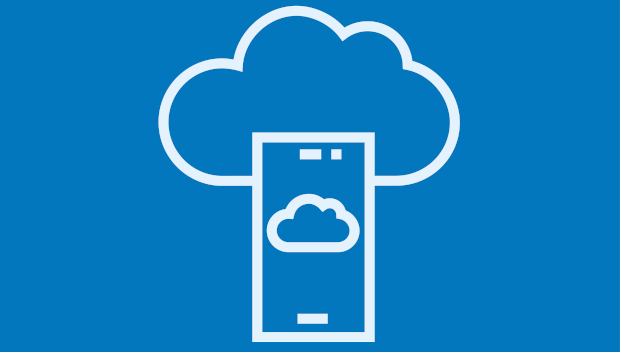
Taking it to the edge
In the beginning there was cloud computing and the discussion was a simple one: do we keep our data on-site in our own hardware and manage it locally or do we entrust it to a service provider on their hardware. There was also this thing called ‘data’ that was a simple amorphous resource – some of which could have a lot of business value and some not so much but, hey, the low price of storage, networking and compute power meant it wasn’t such a big deal to hang on to it all because you never know.
Today’s paradigm is much more complex. Regulatory compliance, the rollout of 5G and advances in sensor technology powering the Internet of Things have created a data culture where everything is collected but not everything delivers value, in fact an awful lot of it has no value whatsoever.
The debate over where to process data has moved on from ‘on’ or ‘off’ premise, to how to combine the best of both, using on-prem to act as a filter before letting off-prem handle compute-heavy operations or Web applications. A variation on this theme puts a third tier of data processing in place where data is handled as close to the point of input as possible – the decentralised model of edge computing. Vendors, partners and systems integrators are starting to see the benefits, even if the solutions require tools from multiple vendors.
“Five
years ago, everyone wanted to be in the cloud, but now few customers
anymore are saying they are cloud-first,” explained Mark Iles,
executive analyst at Tech Research Asia on ARNnet. “Everyone else
is saying they want to be able to utilise different environments
depending on the specific solution requirements, which of course
means the solution is hybrid cloud.”
As Iles observed, 10% of data today is processed outside of a traditional data centre, in future 75% of that will need to be processed nearer the environment where it is created, so that whatever is passed along to the cloud for processing is of a usable standard. His belief is that companies should “put the workload where the workload belongs”.
“Around
80-to-90% of data generated by sensors is noise,” said Iles. “You
need the processing to get to the gems of it and then take that, and
then leverage cloud to run analytics. But we have to find a way to
deal with that noise at the edge.”
Part
of this approach means treating off-prem clouds as additional
resources instead of replacements. “Public cloud providers are
starting to realise the cloud is not necessarily the solution to all
of its ills. Cloud and edge are friends, not foes,” said Iles.
All
friends here
Iles’ ‘friends not foes’ analogy is particularly apt as it implies that edge solutions can be comprised of significant others instead of siblings. Writing in Network World, Jon Gold noted that new product categories and will ”prompt reconsideration of edge strategies by businesses that want to take advantage of capabilities like smart, real time processing, 3D mapping for worker productivity and use cases involving autonomous robots or drones”.
Edge’s primary challenge is turning everything with a sensor into a data centre, that includes everything from farms where sensors are being used to gauge soil quality, to collision detection technology in connected cars. Keerti Melkote, president of Intelligence Edge (a HPE company) and founder of Aruba Networks told Network World that his vision of such an edge-to-cloud framework will include ‘micro data centres’ deployed at the point where, “the data gets creative, [but] that’s not to say that the on-prem data centre goes away or the cloud data centre goes away”.
If on- and off-prem data centres not going away is something partners can take comfort in, edge deployments introduce a different set of imponderables for vendors and partners to deal with.
Giles Pattison, director of channel sales operations, APC by Schneider Electric told an online briefing that there are three major problems to successful edge implementation: security, management, and deployment – the management of which demands competence in hardware and software, from physical locks and regular checks on micro data centres in unstaffed locations to security patches deployed via the cloud.
Pattison looked to agriculture, healthcare, retail and manufacturing as verticals that will show the most growth in the short term. “Our partners are telling us that need to find new recurring revenue streams and new ways to add value in order to attract and retain customers,” he said.
The importance of customer retention through futureproofing was endorsed by Ricardo Duque, VP of channel strategy, Americas at Vertiv. “There are more demands and technology shifts than ever before. A proactive partner will work with providers to offer technologies and services then ensure the customers’ IT facilities are resilient, reliable and ready for whatever comes next,” he told told Chanelpartnersonline.com. “The best partners will have a broad spectrum of solutions and access to different portfolios to assist customers from design to implementation to operation.”







Subscribers 0
Fans 0
Followers 0
Followers